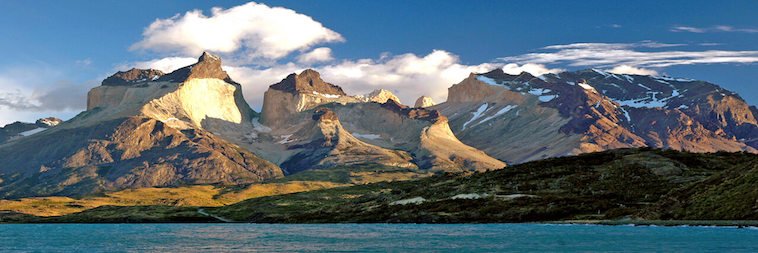Where Did The Gold On Earth Originate?

We see gold everywhere. People wear it around their necks in the form of necklaces, while other wear gold rings or even earrings. Where did the gold come from? Read on to learn more about the origins of Earth’s gold.
In 1842, a man from California (United States) discovered a nugget of gold while searching for wild onions to feed his horses near a small stream. This find led to the largest pursuit of gold in United States history. By the spring of 1848 thousands of people had traveled from South America, Hawaii, and Mexico to mine for gold. Known as the California gold rush, ordinary prospectors averaged daily gold finds worth 10 to 15 times the daily wage of a laborer on the East Coast. A person could work for six months in the goldfields and find the equivalent of six years’ wages back home. Where did it come from?
Origins of Gold
Researchers from the University of Granada believe they have discovered the origins of gold here on Earth. Their research has led them to believe that it originated from deep regions within the Earth. Consequently, that the movement of the Earth concentrated the metal in the core. Researchers believe that the first signs of the metal appeared in South America. In a region known as Patagonia, they found gold 70 kilometers (43 miles) below the Earth’s surface. Patagonia is a region encompassing the vast southernmost tip of South America, shared by Argentina and Chile, with the Andes Mountains as its dividing line.

Patagonia
Asteroid Impacts
In 2010, researchers from Colorado claimed that asteroids may have brought gold to Earth. Their study based this conclusion on evidence of a large asteroid hitting the Earth. The asteroid, as big as Pluto, may have been 3,220 Km (2000 miles) wide. Therefore, placing the metal near Earth’s core 4.5 billion years ago. How did it make its way to the surface?
Volcanic Eruptions
It is impossible for anyone to reach Earth’s mantle.
“The mantle lies between Earth’s dense, super-heated core and its thin outer layer, the crust. The mantle is about 2,900 kilometers (1,802 miles) thick and makes up a whopping 84% of Earth’s total volume.”
Due to volcanic eruptions, the metal deep inside the Earth reached the surface through volcanic eruptions. Xenoliths, a piece of rock within an igneous rock that is not derived from the original magma, reached the surface after an eruption. Researchers found the metal, as thin as human hair, in the xenoliths.
Plate Tectonics
Another theory they proposed involved the separation of Africa and South America. At one time, scientists believe that Africa and South America were joined. Through the movement of Earth’s crust, known as plate tectonics, these land masses broke apart. Consequently, this led to the formation of a chemical reservoir which filled the mantle with metals. The constant generation of the metals led to the formation of gold deposits eventually.
The gold in California may have reached the surface through similar means. Volcanic eruptions deep within the Earth brought the gold to the surface. The San Andreas Fault is a continental transform fault that extends roughly 1,200 kilometers (750 mi) through California. It forms the tectonic boundary between the Pacific Plate and the North American Plate. Based on the researcher’s conclusion this would explain the deposits found in California.
With more advanced research scientists may find new mineral deposits within Earth’s crust. The origins of gold’s existence here on Earth may finally be solved.
